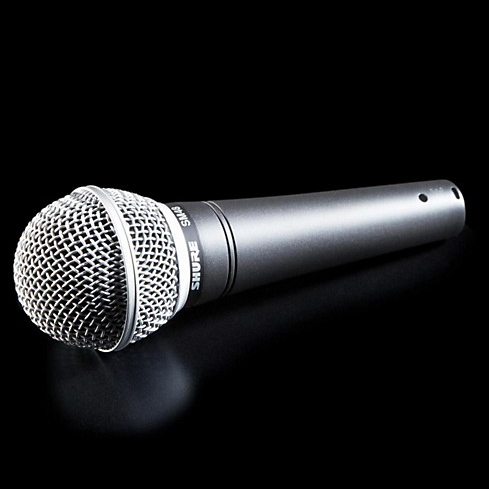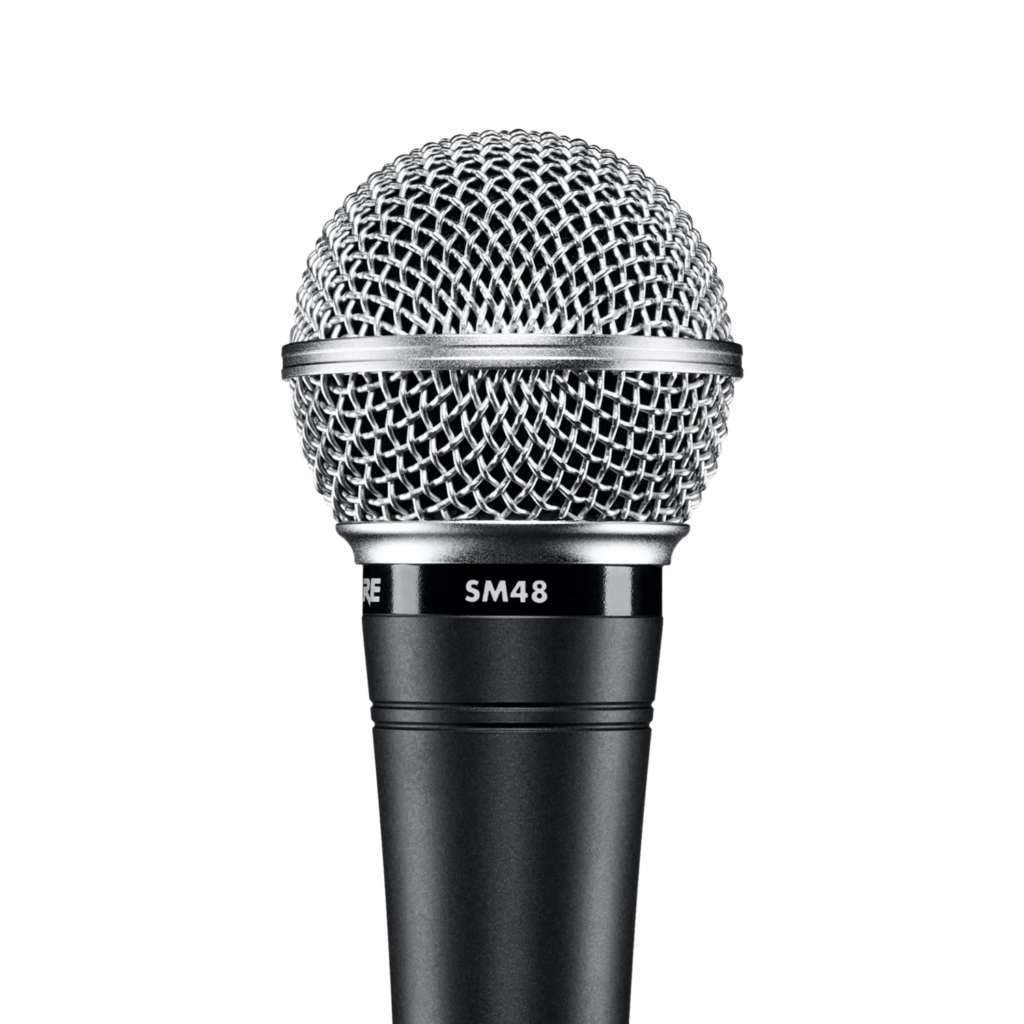Best Inexpensive Microphones for Recording: The Top Microphones Under $50
To think that some of the greatest mics for singing and streaming can be purchased for as little as $50 is mind-boggling. We are not exaggerating when we say that the audio quality of the finest inexpensive mics, we mentioned can compete with that of some luxury ones that cost twice or even three times as much. And the nicest part of finding a cheap microphone would be that most of your audience won’t notice anything different.
To compete in today’s world of podcasts, live streaming, and limitless content, it’s no longer enough to merely sound nice. It’s going to be tough to attract an audience if your work comes out as unprofessional or badly constructed.
But is it possible to get a high-quality inexpensive microphone? The answer is YES!
A high-quality microphone that works with your digital audio workstation (DAW), recording software (and even your iOS device), and desktop streaming and podcasting needs may be had for $50 or less. While many others, especially portable vocal microphones, are also useful for live performances. With that, you may acquire excellent materials and sound for your singing at a low price nowadays. Presented below are the best microphones you could find for an inexpensive value of $50.
FIFINE K669 USB CONDENSER MICROPHONE – $30

If you’re just getting started with home recording, the Fifine K669 is a genuine USB condenser mic that won’t break the bank and has all the capabilities you need. The mic has the standard condenser mic design and a metal casing for increased durability. And, the front-mounted volume control and cardioid pickup pattern are its two additional features. Moreover, the USB microphone works wonderfully for voiceovers, podcasts, and online chitchat. With its spaciousness and clarity, it is especially useful for musicians and singers. Overall, the Fifine K669 is an excellent choice for a first USB condenser mic, especially for those on a tight budget. Despite its limited features, this USB microphone is an excellent starting tool.
MXL 2008 LARGE DIAPHRAGM CONDENSER MICROPHONE – $30

MXL has made a name for itself as a trusted company that provides low-cost microphones to meet the needs of folks on a tight budget. The MXL 2008 features a large, highly sensitive 32mm condenser capsule that helps capture the details and nuances of vocals, acoustic guitar, electric guitar cabinets, and even percussion. It features impressive sound quality for such a low price and a decent reduction of ambient noise. It’s simple and doesn’t provide a lot of spectacular effects due to its cheap price, but if you’re a beginner with a tight budget, this one’s for you.
BLUE SNOWBALL ICE CONDENSER CARDIOID MICROPHONE – $3

A unique desktop microphone, the Blue Snowball iCE has the shape of a snow globe, but it’s as simple to set up as a desktop microphone. If you’re used to utilizing headset microphones, you’ll notice an increase in audio quality thanks to the expanded frequency response (40Hz to 18kHz). The Blue Snowball iCE’s simple design, mobility, and high-quality audio are its most enduring strengths. The cardioid polar pattern of the condenser transducer helps reduce ambient noise, making it a good choice for recording vocals or, with some careful positioning, instruments. Sometimes the audio from a Snowball iCE might seem weak, although this could be due to placement or proximity concerns. To deepen the sound and make your voice simpler to blend, though, you should position the mic closer to your mouth. It’s a great USB microphone to start if you’re an aspiring singer, podcaster, or just someone who enjoys recording voices.
SHURE SM48 CARDIOID DYNAMIC MICROPHONE – $49

The Shure SM48 and its more expensive brother, the SM58, have a lot in common. The way they look, how well they are made, and how they sound are all the same. The change, though, is in the spread of the frequencies. The high frequencies of the SM48 have a smaller bandwidth than those of the SM58. Because of this, the SM48 is better at capturing plosives, pops, and close-up sounds than the SM58. This makes it great for real-time use. The less expensive high-frequency roll-off helps live events with high-pitched feedback more than its more expensive brother. Even though the SM48 doesn’t pick up low-frequency noise as well as the SM58, it still has the same problem with noise. Because they are old and don’t have internal shock plates on the capsule, these mics also tend to make noise when you handle them.
PEAVEY PVI 2 DYNAMIC MICROPHONE – $50

Peavey is known for being reliable and durable for a reason, and this mic helps them keep up their good name. It’s like the famous SM58, but with some changes that make it less likely to get feedback on bigger stages. The mesh screen is also not easy to break. As for how it sounds, it’s a lot like the Shure SM58. Off-axis avoidance is one thing that it does better than the Shure. It’s not the best amp mic, but for the price, it does a good job. The PVi2 is the best XLR mic under $50 because it ranks better than the competition. What’s the most shocking thing about the PVi 2 isn’t that it was made by a company best known for making amplifiers and mixes, but its durability and its build quality that mimics the most expensive microphones there are in the market.
BEHRINGER XM8500 DYNAMIC CARDIOID HANDHELD MICROPHONE – $50

Most of the time, cheap stuff has major flaws that make it hard for people to bond with it. But the Behringer XM8500 is usually the one that people would go to when it comes to being high-quality and cheap. For $50, most of the other mics are bad copies of well-known names, but the XM8500 is a cheap microphone that sounds better than it costs. The sound it records plays well with processing and can stand up to pitch correction without sounding too fake. When compared to more expensive mics, its EQ curve is more V-shaped, with quite a harsh sound – it’s right at the point where it sounds good to a normal person and works in a mix. But one of the biggest cons is that it can be hard to handle noise rejection. The shell doesn’t seem to be well separated from the capsule, so it has more noise than normal when being handled.
Considering the wide variety of sub-$50 microphones available, it’s crucial to have a clear idea of the task at hand before making a purchase. Although mics can be inexpensive, you can be getting something that isn’t very good for the money, so be wary of such. A quality mic that won’t break the bank has to be rock-solid and can last for years. And so, if your preferred model comes with a 30-day money-back guarantee, all the better.















